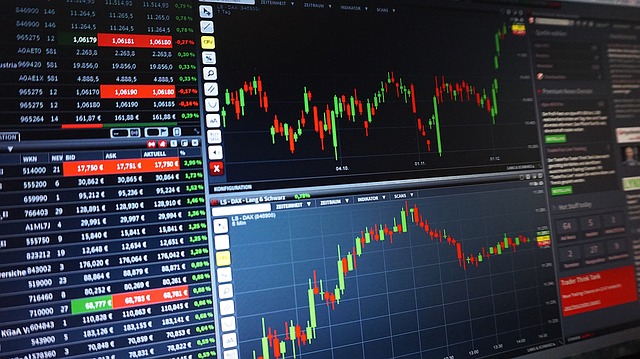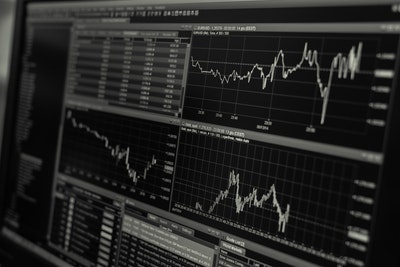Why Precious Metals IRA’s Are the Key to Portfolio Diversification
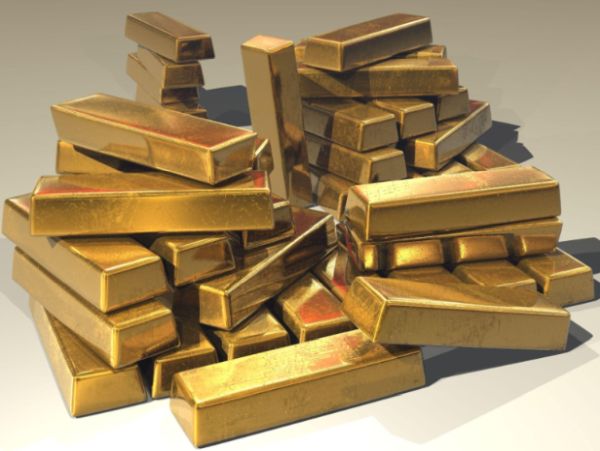 An asset that is considered to maintain the lower buying power of a currency that emerges from the devaluation of its value due to growing prices either macroeconomically or due to inflation is described as an inflation hedge.
An asset that is considered to maintain the lower buying power of a currency that emerges from the devaluation of its value due to growing prices either macroeconomically or due to inflation is described as an inflation hedge.
This is because a currency’s value depreciates as a result of rising costs either due to inflation or because macroeconomic factors. A “hedge” versus inflation is an investment that takes the form of this particular sort of investment.
Typically, this comprises purchasing a piece of real estate with the intention of either maintaining its current value or increasing it over a period of time that has been previously decided.
For a more in-depth read on hedging inflation with the purchase of the real estate, click here.
There is also the chance that the approach for hedging will involve increasing one’s ownership of assets that also are anticipated to have a slower decrease in value than just the value of the currency. This is another alternative.
How to Safeguard Yourself Against the Effects of Inflation with Precious Metals
When properly implemented, an inflation hedge may help safeguard the value of a wide variety of investments. There are certain investments that may seem to generate a reasonable return; but, when inflation gets factored in, these assets may be sold at a loss. There are also other assets that may seem to produce a reasonable return.
If you invest in a firm, such as Broad Financial, you will quickly understand that it’s possible that investing in commodities that are considered as a hedge against inflation may have the impact of self-fulfilling predictions; this leads their values to continue rising, despite the reality that their actual value may be far lower.
Gold is a precious metal that is sometimes seen as a hedge against inflation due to the high degree of volatility that exists in its price when defined as the US dollar.
For instance, if indeed the dollar’s value falls as a result of the effects of inflation, the price of gold would most likely go up to compensate for the loss of purchasing power. A person who possesses gold has protected (or hedged) their wealth against the possibility that the dollar’s value will continue to fall.
This is because the price of one ounce, measured in money, will rise as an immediate result of growing inflation, which will, in turn, erode the value of the dollar.
The reason for this is related to the fact that now the price of gold will grow as a direct effect of rising inflation. Therefore, in an attempt to correct for the consequences of inflation, the investor receives more cash for every individual asset.
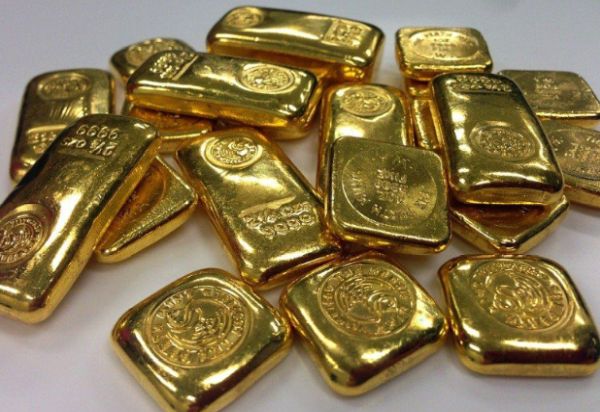 An Example of Inflation Derivative Instruments Based on Real-World Conditions
An Example of Inflation Derivative Instruments Based on Real-World Conditions
The purchase of precious metals is a way for companies to keep a handle on their operating costs and ensure that they remain profitable.
The purchase of a manufacturing facility from ConocoPhillips by Delta Air Lines in 2012, with the purpose of hedging against the likelihood of an increase in the cost of jet fuel, is among the most well-known instances of this technique.
Most of the time, carriers will engage in crude oil market speculation in an effort to mitigate the financial risk connected with their fuel costs. Delta felt that it could create its own aviation fuel at a lower cost than buying this one in the industry, and thereby, it immediately hedged it against the increase in jet fuel costs.
Buying that on the market would have been a more expensive option. Because of this adjustment, Delta anticipated that it would be able to cut its annual fuel expenditures by $300 million. This prediction was made at the time.
The Limitations That Are Positioned Upon Retaining Gold
The practice of hedging against inflation (What Is an Inflation Hedge? (investopedia.com)) is not without its drawbacks and might be unexpected at times.
Delta, for example, is not able to produce a constant profit out of its refineries in the decades after it was purchased, which has hampered the efficiency of the hedge against inflation that it maintains. Consequently, Delta’s stock price has been negatively affected.
The proponents of and against making investments in metals as an inflation hedge are often focused on variables such as the growth of the planet’s population, the emergence of innovative technology, surges and breakdowns in production, political upheaval in developing markets, the growth of the Chinese economy, and greater expenditure on global infrastructure.
These factors, which are in a state of perpetual transition, have some kind of influence on the effectiveness of inflation hedging in some way.
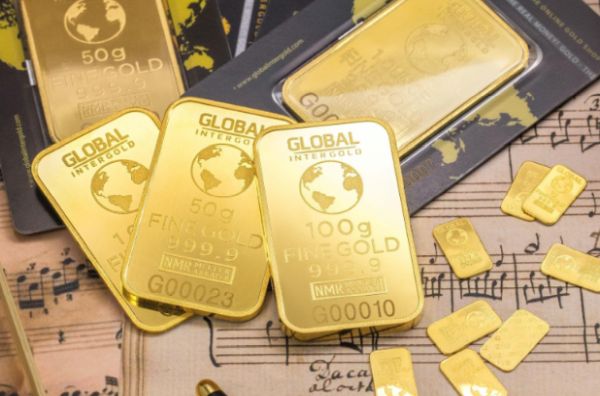 Why Does Purchasing and Retaining Gold Present an Opportunity to Take Advantage of a Hedging Strategy Against Inflation?
Why Does Purchasing and Retaining Gold Present an Opportunity to Take Advantage of a Hedging Strategy Against Inflation?
When it comes to the landscape of investment, precious metals are the tried and tested method that has recently reemerged.
Even if they are still largely a chance for investment based on speculation and fear in the coming economy, a rising number of investors have looked at precious metals as a method of insulating themselves from the inflation that is eroding their assets in currencies just at present moment.
Precious Metals Will Always Hold a Value Because They are a Tangible Good
An asset that acts as a hedge against inflation is called an inflation hedge if its value increases in accordance with the level of inflation.
If an investor invests in a way that neutralizes the effects of inflation on their portfolio, then the portfolio should, in principle, remain unchanged. Even if the worth of the rest of the portfolio drops, it is anticipated that the price of the offset will continue to increase. This is the expectation.
Precious metals such as gold have served as the finest hedge against inflation for most of the time that human history has been recorded.
Investors have already been diversifying business portfolios with gold for a significant amount of time to preserve their wealth against potential swings in economic indicators or changes in monetary policy. This practice has been going on for a few years.



